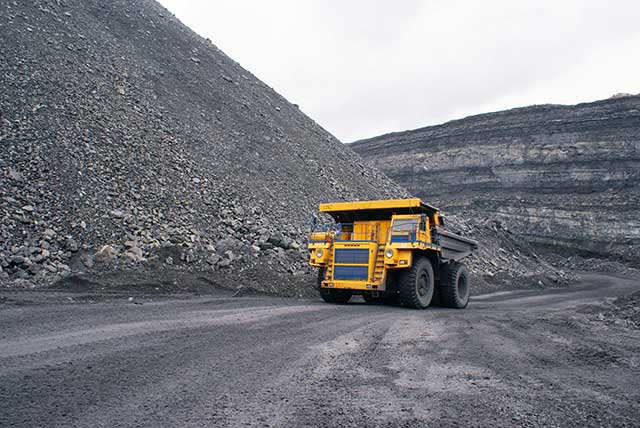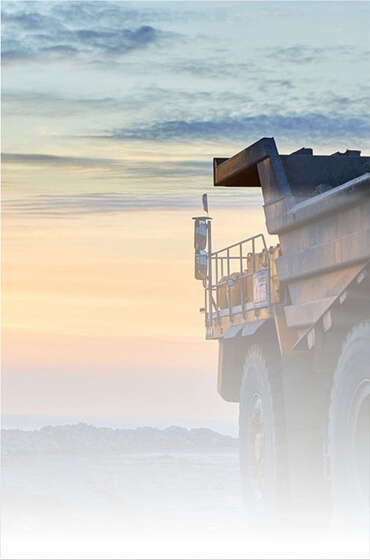The Ministry of Coal will set up a ‘Sustainable Development Cell’ (SDC). The SDC will advise, mentor, plan and monitor the mitigation measures taken by coal companies to maximize the use of available resources in a sustainable manner, minimize and mitigate the adverse impact of mining on other ecosystem services, and act as the focal point of the Ministry.
The Ministry of Coal announced on Sunday that it will set up a ‘Sustainable Development Cell’ (SDC) to promote sustainable coal mining in the country and address environmental concerns with the closure of mines.
The SDC envisages pursuing environmental mitigation initiatives in a holistic way and ensuring a safer climate for people employed and living in the vicinity of mines, the Ministry said in a statement.
“The Ministry of Coal has decided to establish a ‘Sustainable Development Cell’ in order to promote environmentally sustainable coal mining in the country and address environmental concerns during the decommissioning or closure of mines,” it said.
The SDC will follow a systematic approach, beginning with data collection , data processing, presentation of evidence, information-based planning by field experts, implementation of best practices, workshops, creative thinking, site-specific solutions, knowledge sharing and dissemination, with the goal of improving the lives of people and communities in general.
The cell will also do soil enhancement and afforestation.
In India, there are approximately 2,550 sq km of land under various coal mines and plans are underway to put more areas under it. Such landmasses require both comprehensive and aggressive improvement steps.
The cell will collect all baseline data / maps related to various coal mines, such as total mines / block areas, OB dump areas, water-filled voids, reclaimed areas, unused areas, plantations from various coal companies, it said.
All data / maps will be compiled and evaluated on a GIS-based database and specific thematic details and maps will be prepared.
They will be published at regular intervals. All GIS-based activities will be carried out with the active participation of Central Mine Planning & Design Institute Ltd.
The cell would also help coal companies identify areas where planting projects could be undertaken immediately, along with the identification of different plant species that are appropriate for specific regions to create broad carbon sinks for climate change management, it said.
This will also define the activities to be conducted for the development of additional land suitable for planting, stabilization of slopes, soil treatment, formation of leveled land, dewatering as per timeline under the Mine Closure Plan.
This will explore the possibility and prepare for the successful re-use of these lands for development, integrated modern townships, agriculture , horticulture, FCA countervailing land, renewable energy farms, etc.
On air quality, emissions and noise control, the cell will advise coal companies on the successful implementation of environmental mitigation measures (water spraying, dust reduction techniques, noise barriers, etc.) related to air and noise pollution caused by mining operations, heavy earth moving machines, coal transport.
It will evaluate the environmental management plans (EMPs) of different companies and advise coal companies to make them more successful.
The cell will collect data on the current quantity , quality, surface runoff, mine water drainage, future availability of water collected in UG (underground) or OC (open-cast) coal mines, etc., and analyze it on a GIS-based platform to prepare the Coal Mine Water Management Plans model.
The plan would detail the means and creative planning for the conservation, treatment and re-use of such water for drinking, irrigation, fisheries, tourism, industry or some other sustainable purpose.
The cell will also track the feasibility of sustainable overload management and recommend steps for the reuse , recycling and reconstruction of overloaded dumps in a sustainable manner.
It will examine and plan the use of overloaded material for use in various infrastructure projects, earthen bundles, among others.
For sustainable mining tourism, a proposal for the beautification and development of eco-parks in reclaimed areas, including water sources, leisure activities and tourism, will be discussed and conceptualized.
It will also explore the potential for tourism and map it out in a few underground mines. For planning and monitoring, it will analyze the Mine Closure Plans of different companies and advise them to make them more successful.
The cell would enable coal companies to finalize the timetable for carrying out various mitigation activities / projects in all mines in a phased manner, the statement added.
It will also monitor the effective use of the Mine Closure Fund and the environmental budgets of the various coal companies. The cell will hire experts / institutions / organizations to conduct specific studies to establish a robust knowledge base.
Consultative meetings, seminars, field trips, exposure research tours to enrich the knowledge base, the best known global and concepts for environmental mitigation planning and monitoring will be coordinated. The cell will hold a monthly workshop and seminar for officials at the company level to inform them about new techniques, innovations, solutions and also global practices, the statement said.



































